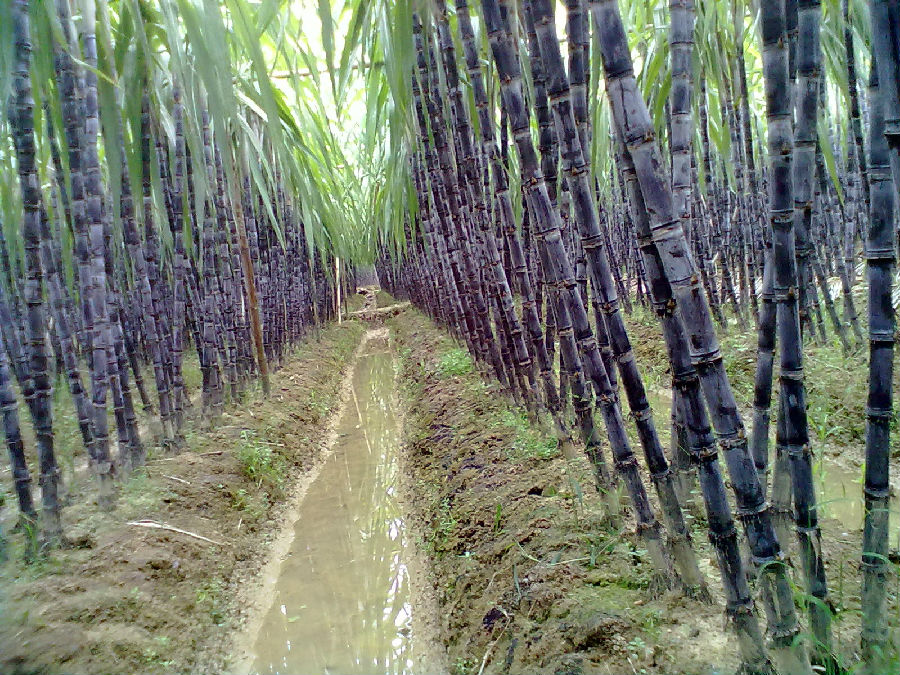In China, it is often used as a tonic
在中國,紅糖通常被當作營養品
while the Teochew people use it as an ingredient for preserving food.
而潮汕人則偏愛用紅糖來腌臘食物
After being roasted for 40 minutes in a wooden roaster,
把腌漬好的鴨子整齊地掛在木桶內壁用木炭火烘烤40分鐘后
the preserved ducks fully absorb the flavors of the sauce.
醬料充分浸潤到鴨肉內部
Now it's time for the smoking process.
煙熏的時候到了
To everyone's surprise, the smoke comes from burning of sugar cane pulp.
熏鴨用的燃料居然是甘蔗渣甘蔗屑里面有少許的糖分

The traces of sugar in the pulp can sweeten up the duck's skin.
可以使鴨皮有甜味
It also renders the duck a nice dark color.
也可以使鴨子本身的顏色可以深一點
The store consumes about 40 kg of sugar cane pulp every single day.
店里每天要用掉大約40公斤的甘蔗渣
The material is easy to acquire.
要找到這些材料并不難
Big sugar cane fields are less than 20km away from A Zhi's home.
在距離阿植家不到20公里的山腳下
Traversed by the Tropic of Cancer, the fertile Lingnan region enjoys plenty of sunshine and moist air,
近千畝的蔗林正在蓬勃生長北回歸線穿過這片肥沃的土地充足的陽光和濕潤的空氣
it becomes a main sugar cane production area.
使中國的嶺南地區成為甘蔗的主要產區
The sweetness of sucrose comes from the glucose and fructose as a result of photosynthesis.
蔗糖的甜味來自分子中的葡萄糖和果糖這是太陽的光合作用帶來的
On rainy days of winter, sucrose slowly accumulates in sugar canes.
隆冬的雨季,甘蔗悄悄積聚著糖分
It not only provides calories for the human body but also comforts the heart.
這種物質,不僅能為人類補充體能更在缺乏日照的寒冬里撫慰我們的心靈
Sugar is the source of sweetness in desserts in many regions of China.
當然,蔗糖也為中國多個地區的美食提供了甜味的基礎











